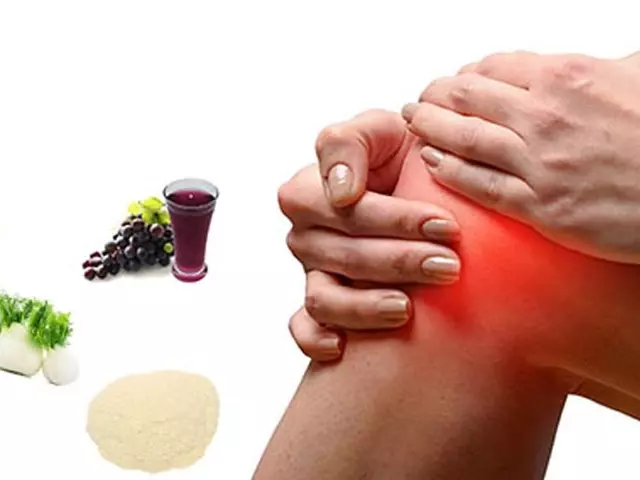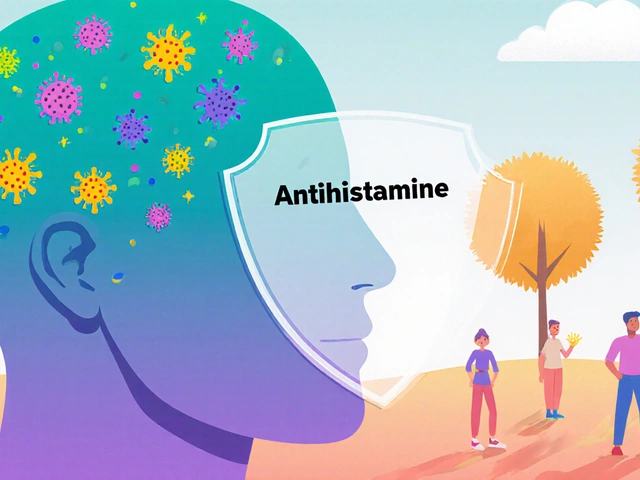Natural Remedies for Diarrhea: Herbal Solutions for Gut Health
July 16 2023Carnosine is a natural compound found mainly in muscle and brain tissue.
People take it as a supplement to try to slow age-related decline, support muscle recovery, and protect cells from damage. This page explains what carnosine does, what real research shows, how to choose a supplement, and safety tips you can use today.
Benefits and Evidence
Carnosine acts as an antioxidant and an anti-glycation agent. That means it helps neutralize free radicals and may slow the harmful cross-linking of proteins that happens with aging. Small clinical studies have shown modest improvements in short term memory tests and brain function measures when older adults took carnosine along with other nutrients. Topical N-acetylcarnosine eye drops have been studied in early cataracts and showed slowed progression or improved clarity in some trials. For athletes, higher muscle carnosine links to better performance during short explosive efforts and faster recovery after repeated bouts of exercise. Scientists often use beta-alanine supplements to raise muscle carnosine because beta-alanine is the limiting building block for carnosine inside muscle.
Dosage, Safety, and Buying Tips
Typical carnosine supplement doses range from 500 mg to 2,000 mg per day, either once daily or split into two doses. People using beta-alanine often take 2 to 6 grams per day to build muscle stores over several weeks. Common side effects of carnosine are rare but can include mild stomach upset. Beta-alanine can cause harmless tingling at higher doses. If you take diabetes drugs, blood pressure medication, or have chronic kidney disease, talk with your doctor before starting carnosine. Pregnant and breastfeeding people should avoid it until a clinician approves use.
How to pick a supplement
Look for L-carnosine for general oral use and N-acetylcarnosine for eye formulas. Prefer products with third-party testing like USP, NSF, or independent lab certificates. Avoid manufacturers who hide ingredient amounts or use proprietary blends without dosing details. Read recent customer feedback focusing on side effects and real-world results. Compare prices per milligram rather than bottle size to find better value.
Practical tips for using carnosine
If you want better high-intensity performance, consider beta-alanine under guidance because it raises muscle carnosine more efficiently than eating carnosine alone. For memory or general anti-aging aims, give an 8 to 12 week trial and track simple measures like sleep, daily focus, and short memory checks. For eye concerns, only use products formulated for ophthalmic use and stop if irritation occurs. Keep a simple log of dose, timing, and any effects so you can see trends over time.
Food sources and lifestyle
Red meat and poultry are the main dietary sources of carnosine. Cooking reduces some of the content, so regular intake helps but often does not reach supplement levels. Combine a balanced diet, regular exercise, and sleep to get the most consistent benefit from carnosine supplementation.
Bottom line
Carnosine shows promise for muscle, eye, and some cognitive benefits when used sensibly. Talk to a healthcare provider if you have health conditions or take medications, track results to see if it helps.
Experience the Magic of Carnosine: The Dietary Supplement That's Changing Lives
In my recent exploration, I've discovered the magic of Carnosine, a dietary supplement that's genuinely changing lives. It's an amino acid naturally produced by the body, but its supplemental form is creating waves for its health benefits. From enhancing physical performance to slowing down the aging process, Carnosine is a game-changer. It's also showing promise in the management of diseases like Alzheimer's and cancer. Honestly, the potential of Carnosine is astounding, and it's exciting to see where further research will lead us.
Read More...



